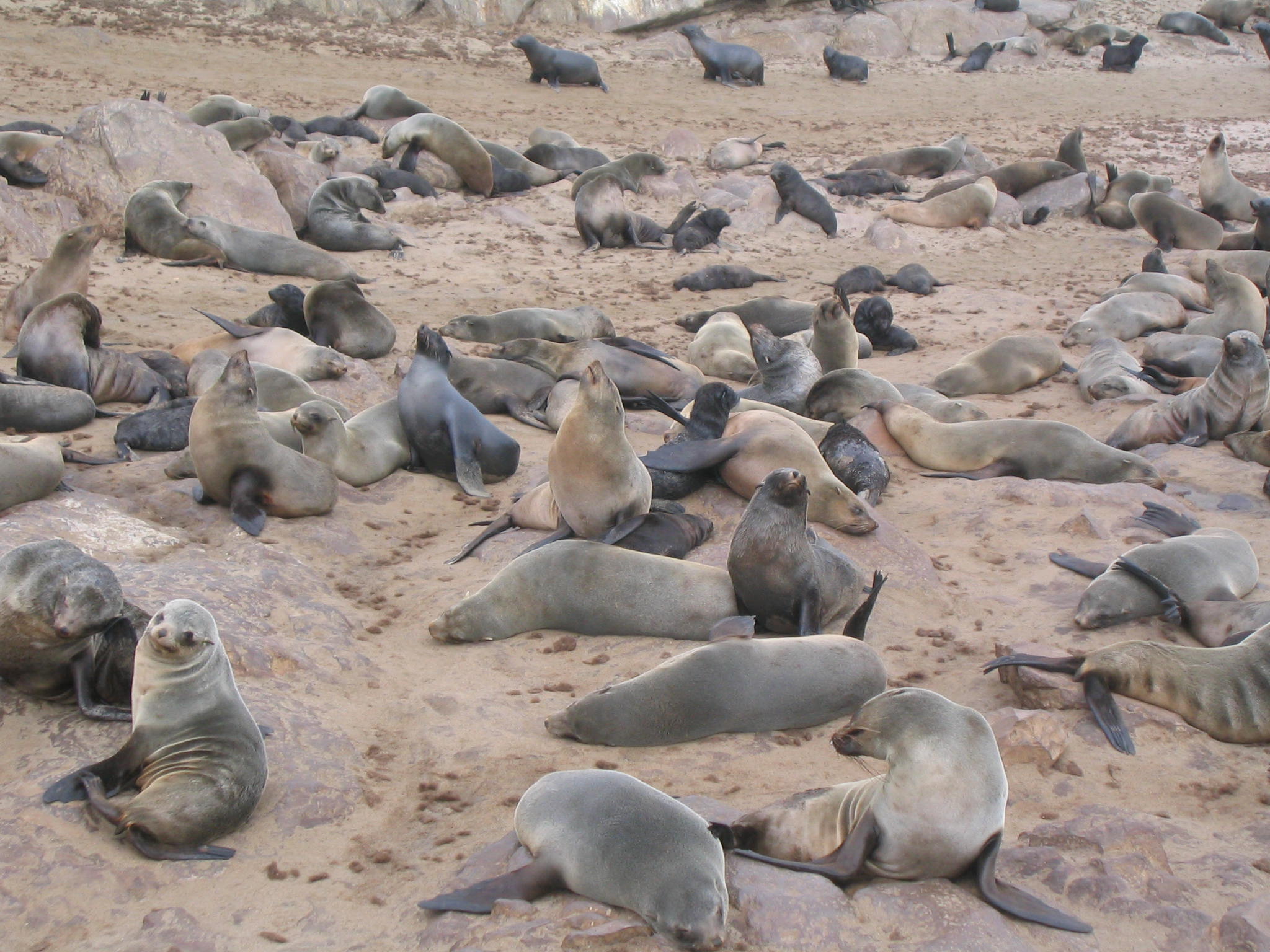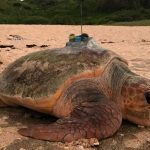← Back
The missing link: pelagic prey field prediction for Southern Ocean marine predators

Southern Ocean predators tend to lead cryptic lives, which in many cases are spent mostly at sea. This makes their foraging behaviour inherently difficult to study. Furthermore, numerous species are threatened through direct human conflict (such as fisheries related mortality), climate driven change, or both. At the European User Conference on Argos Wildlife, David Green, of the University of Tasmania presents the urgency to develop reliable predictive tools to identify predator distributions, which could then be incorporated into frameworks for current and future conservation efforts and explains his approach.

David Green
Species distribution models generally incorporate physical (oceanographic and static) drivers, and intrinsic constraints as predictors of predator occurrence, but seldom include estimates of prey distribution. Incorporating survey derived prey estimates into predictive models is problematic due to difficulties in acquiring scale-relevant measures of prey biomass, across suitably sized domains.
However, the use of modelled prey fields (which are not as spatially limited) in Southern Ocean predator models has remained largely unexplored. In this study, he investigates the efficacy of modelled prey biomass (from the prey sub-model of the Spatial Ecosystem and Population Dynamics Model (SEAPODYM)) as a foraging predictor for a well tracked and ubiquitous Southern Ocean predator, the southern elephant seal (SES).
To do this, he models multiple years of SES movements, determined using the Argos satellite tracking system, against concurrent estimates of potential prey biomass within the upper-mesopelagic layer (their predominant foraging depth), as well as against known oceanographic and intrinsic predictors of foraging, and evaluates the additional explanatory power provided by the addition of the prey model. The implications of this are discussed in the context of marine top predator conservation and global change.


